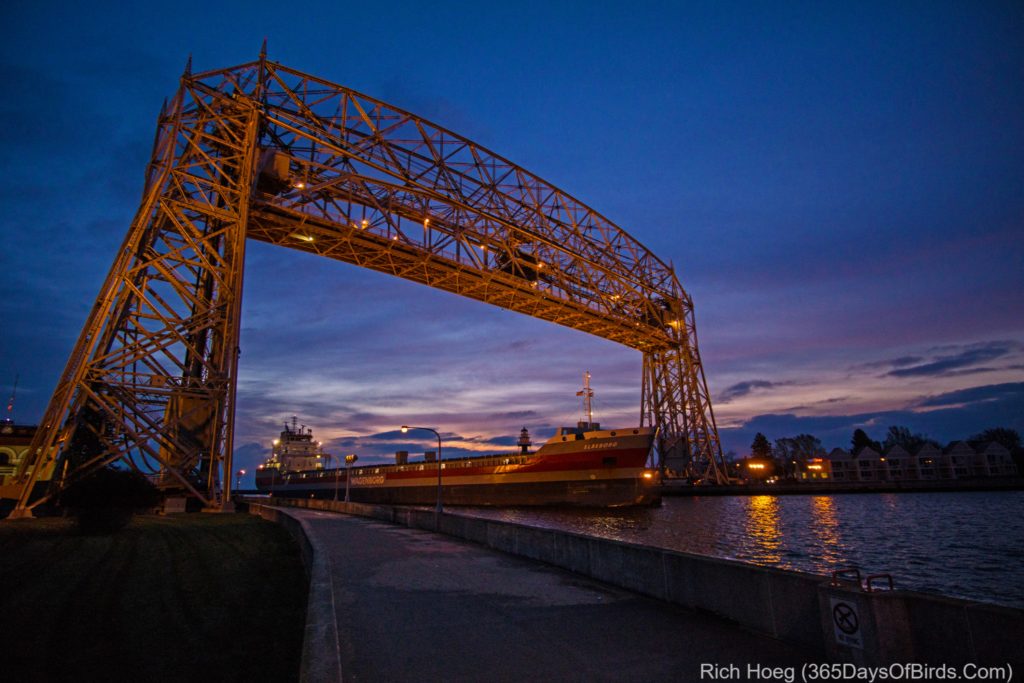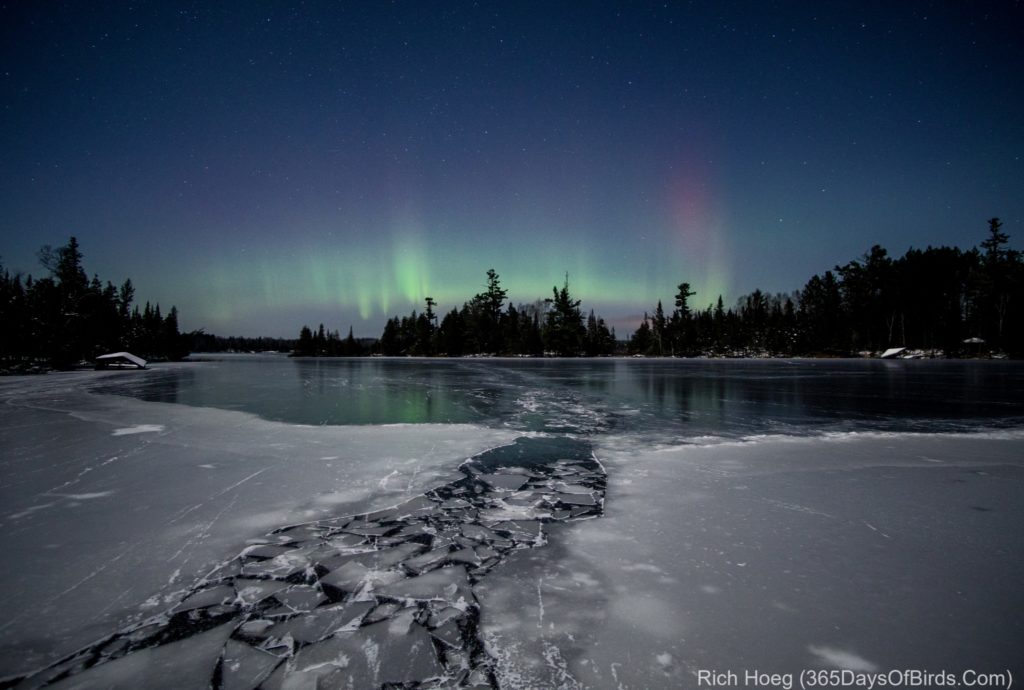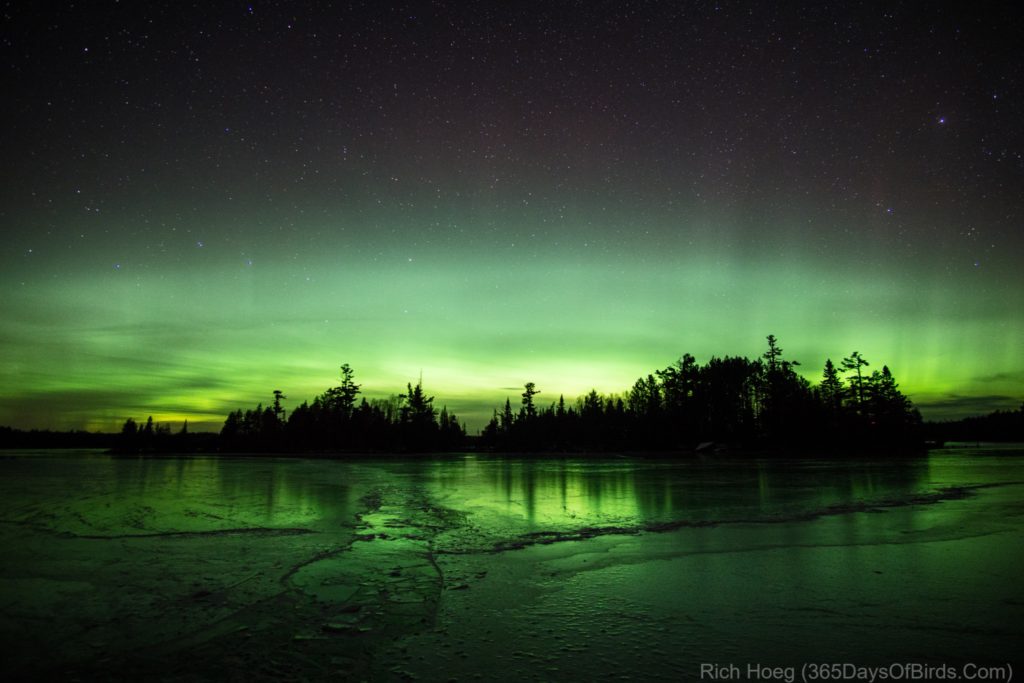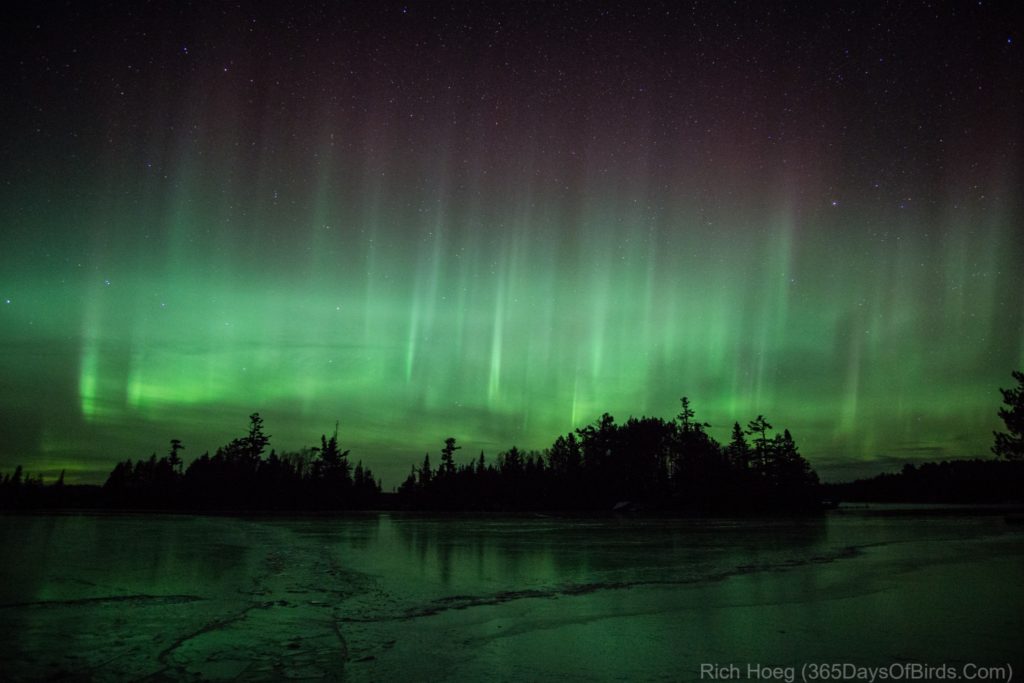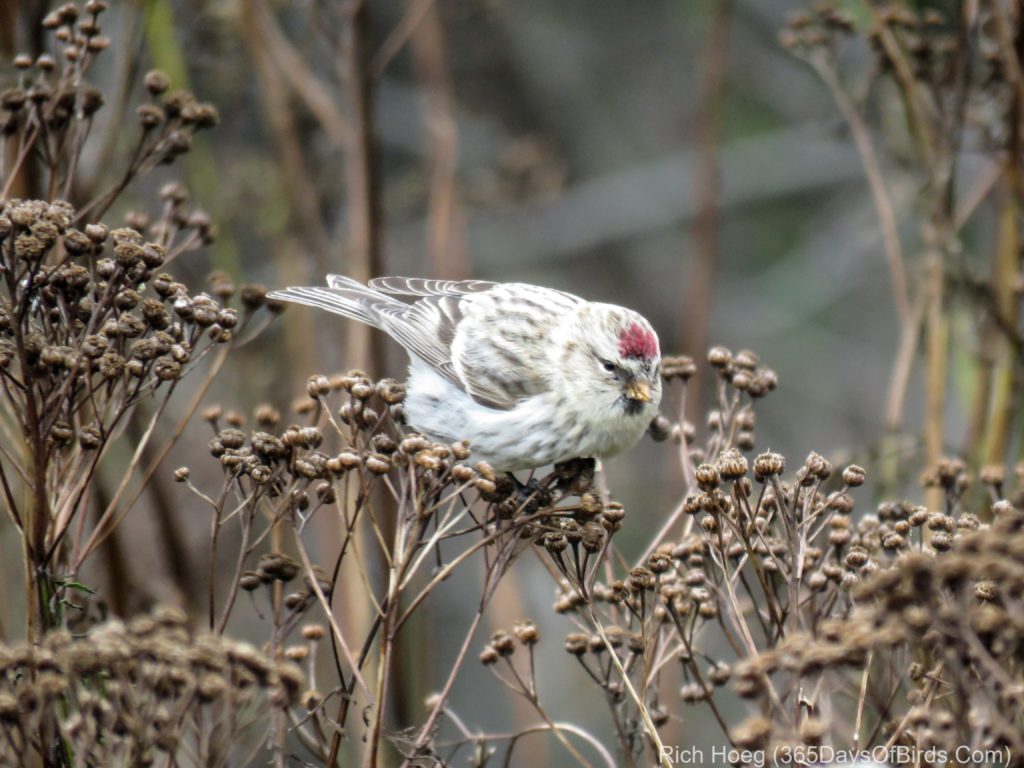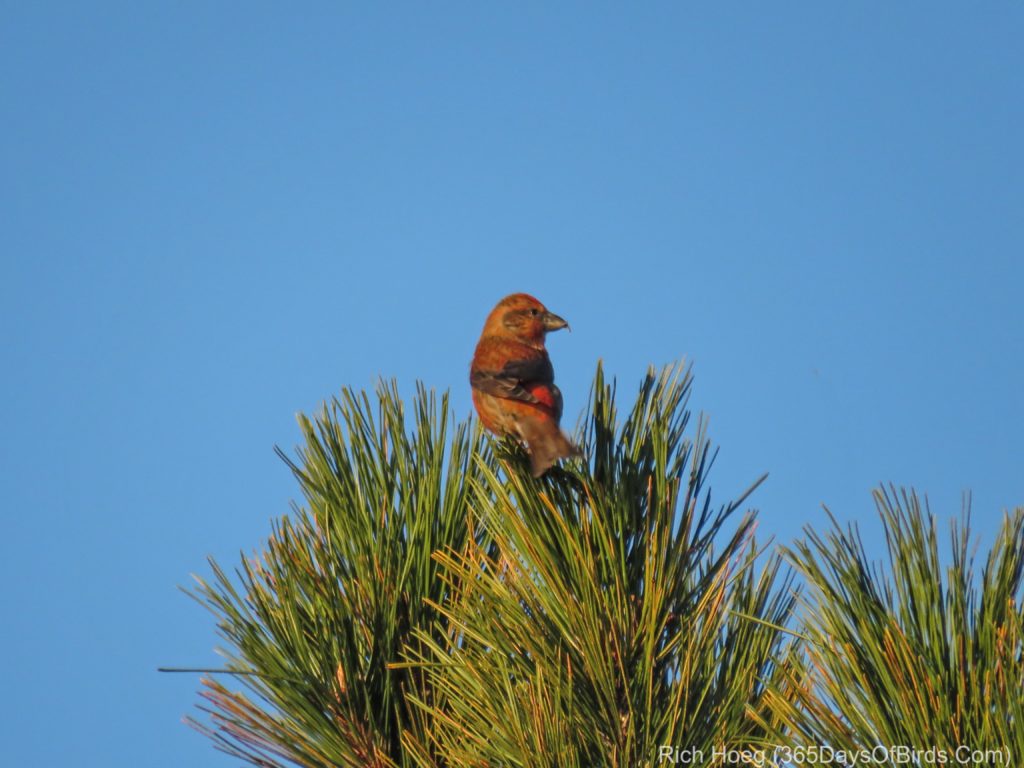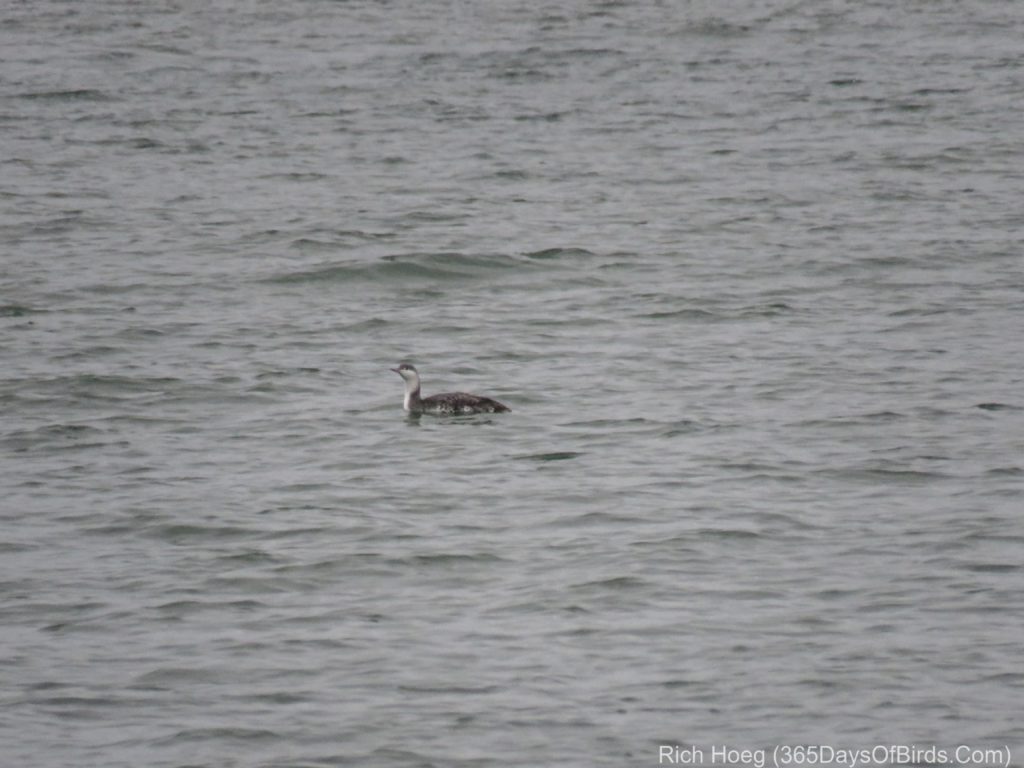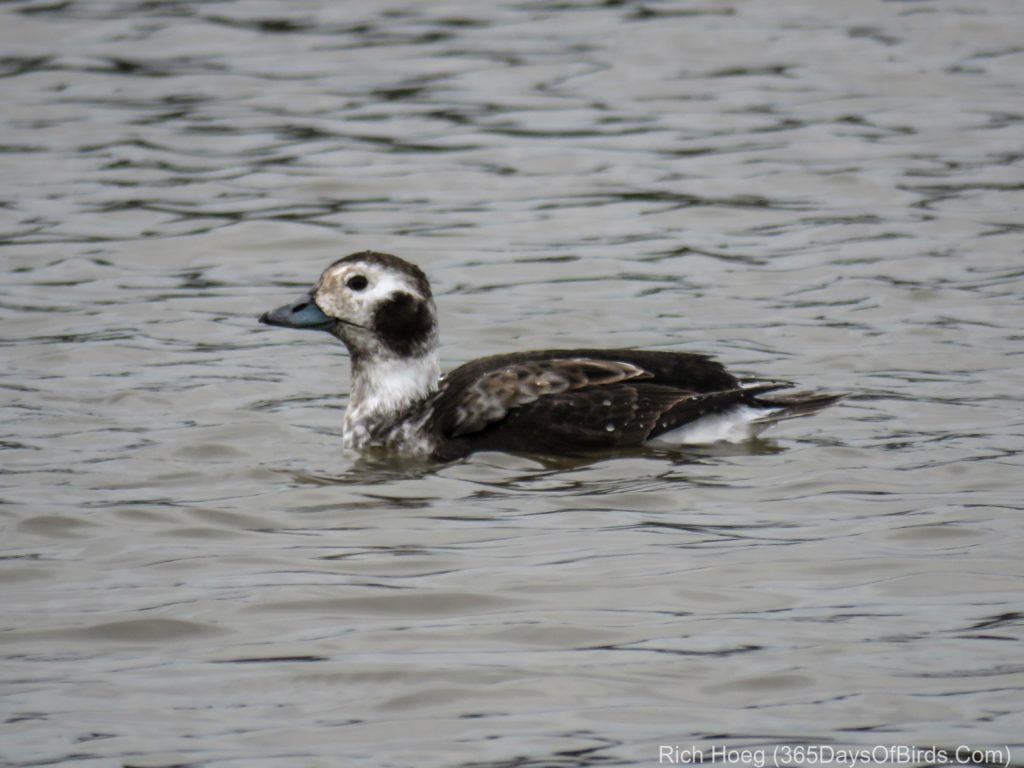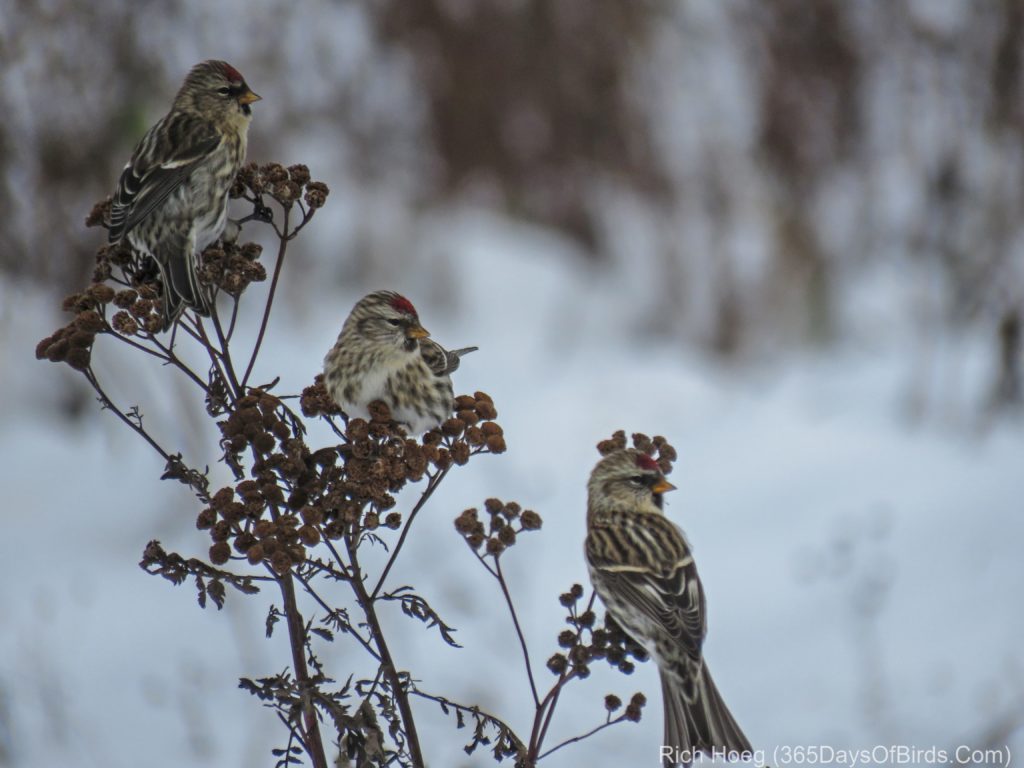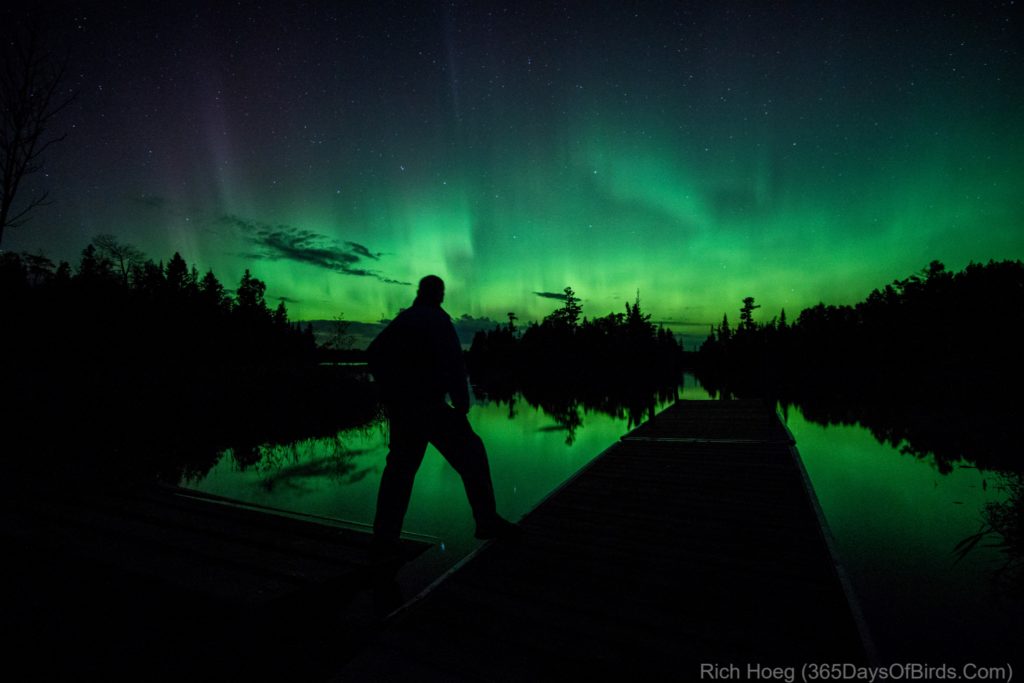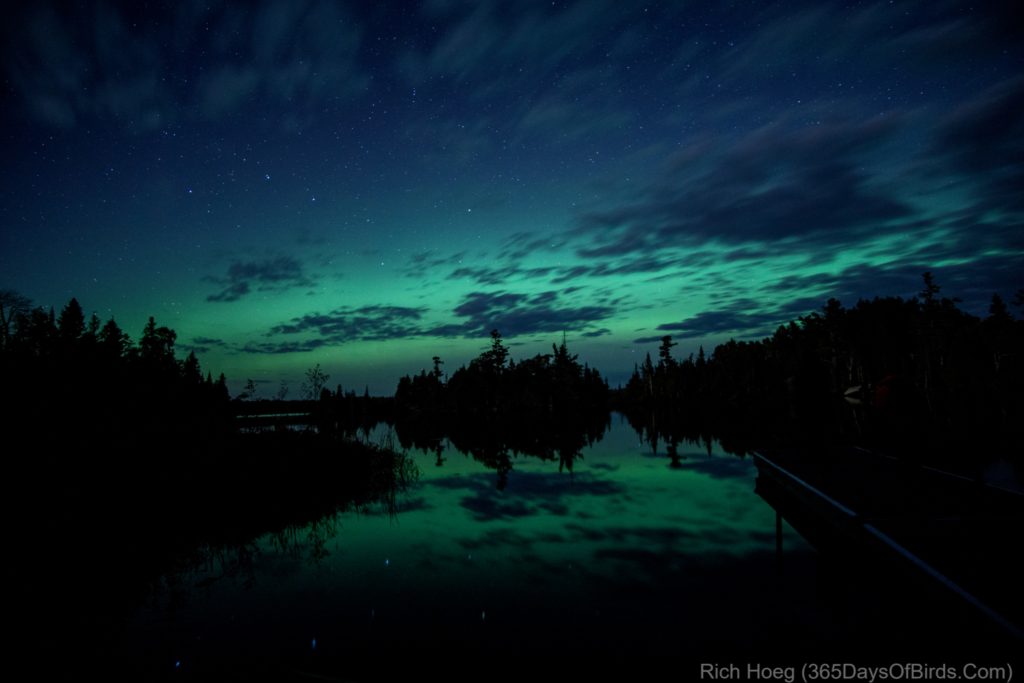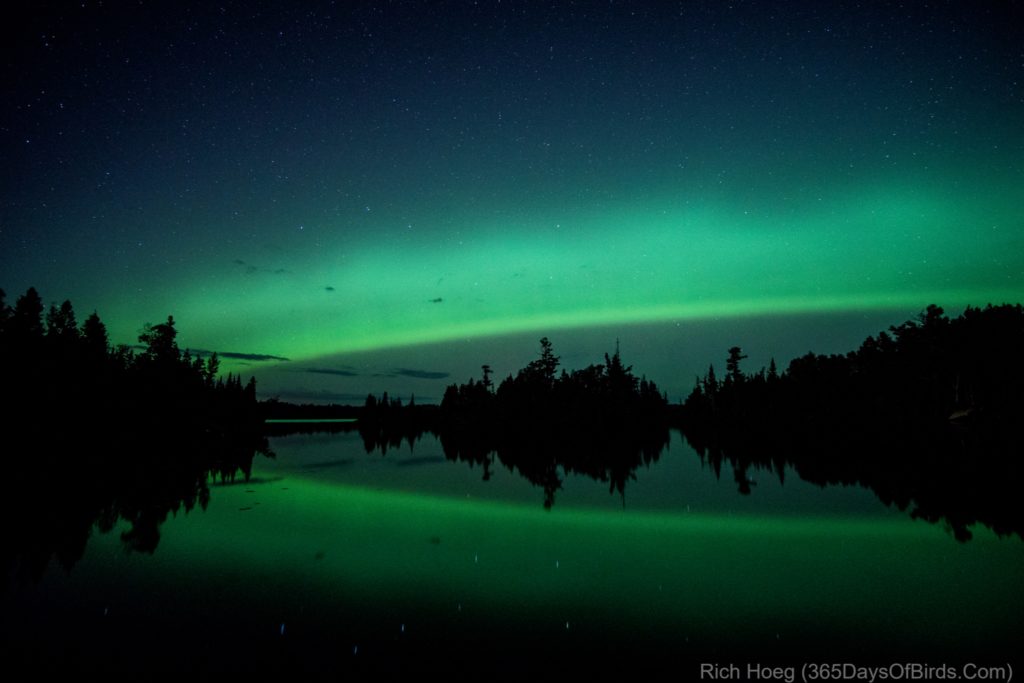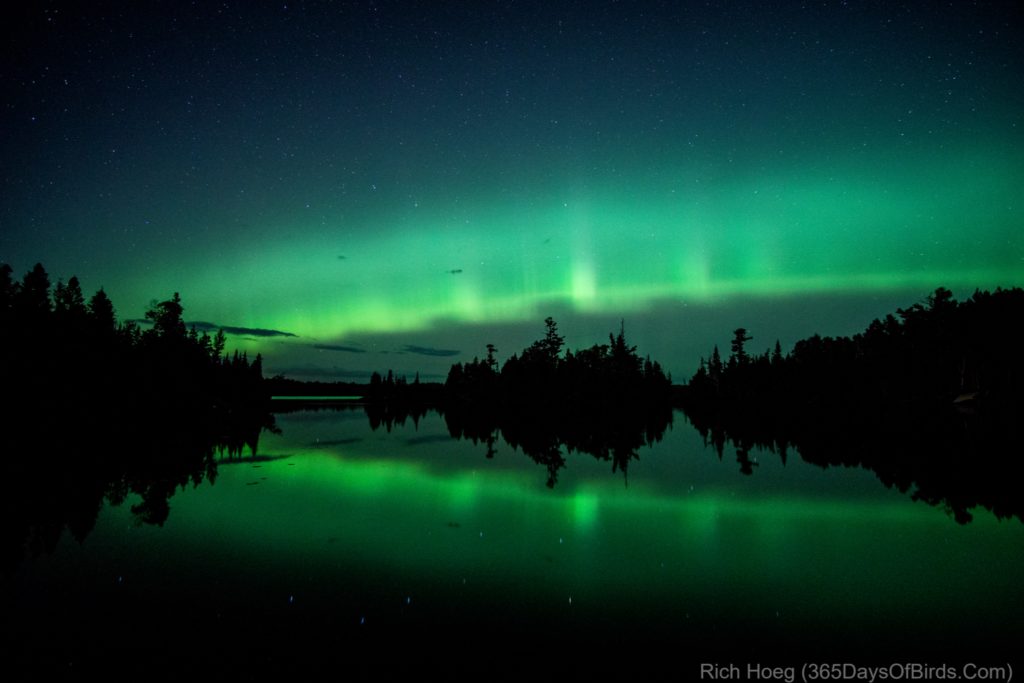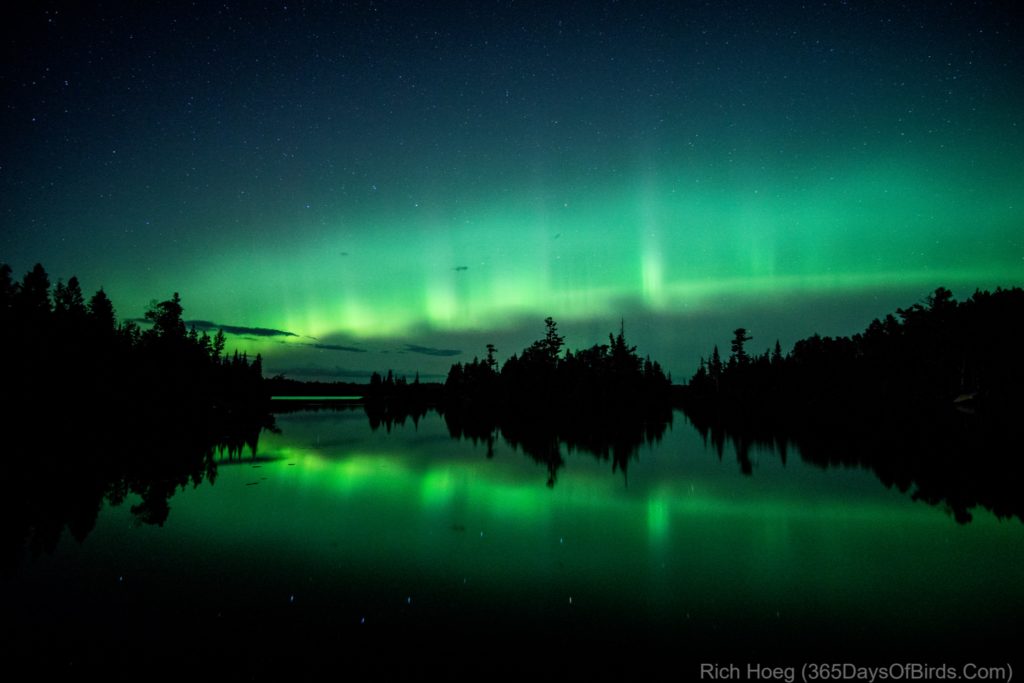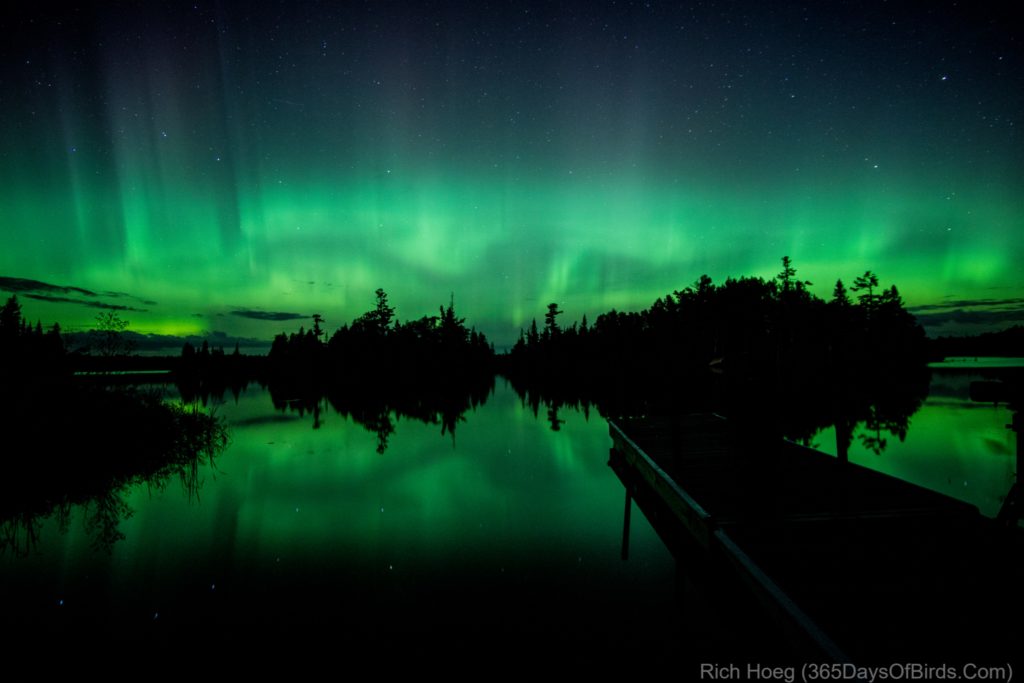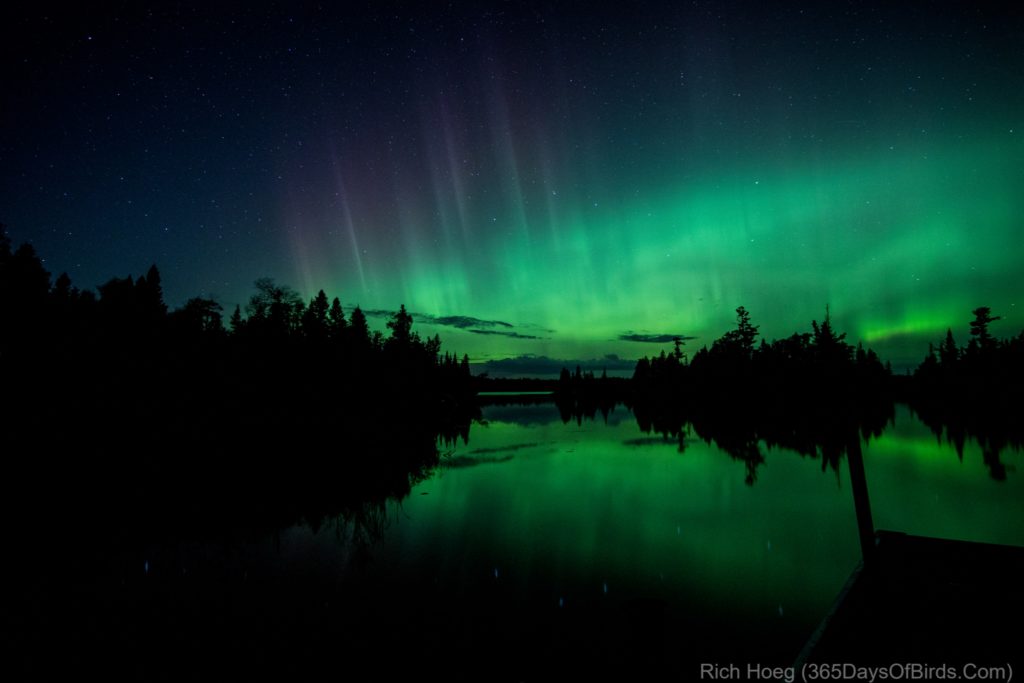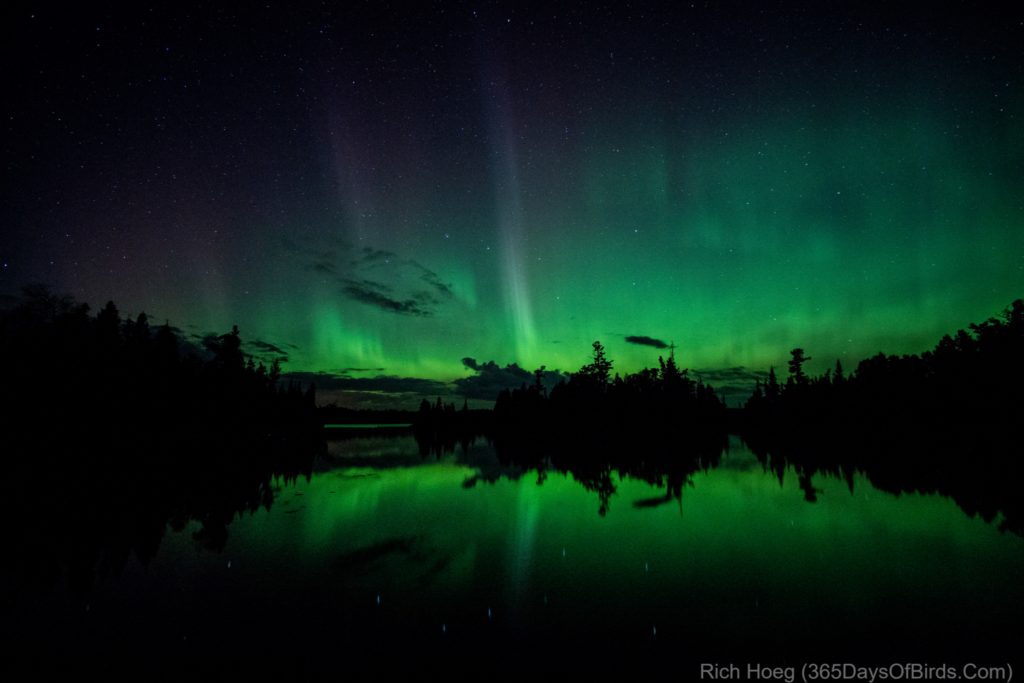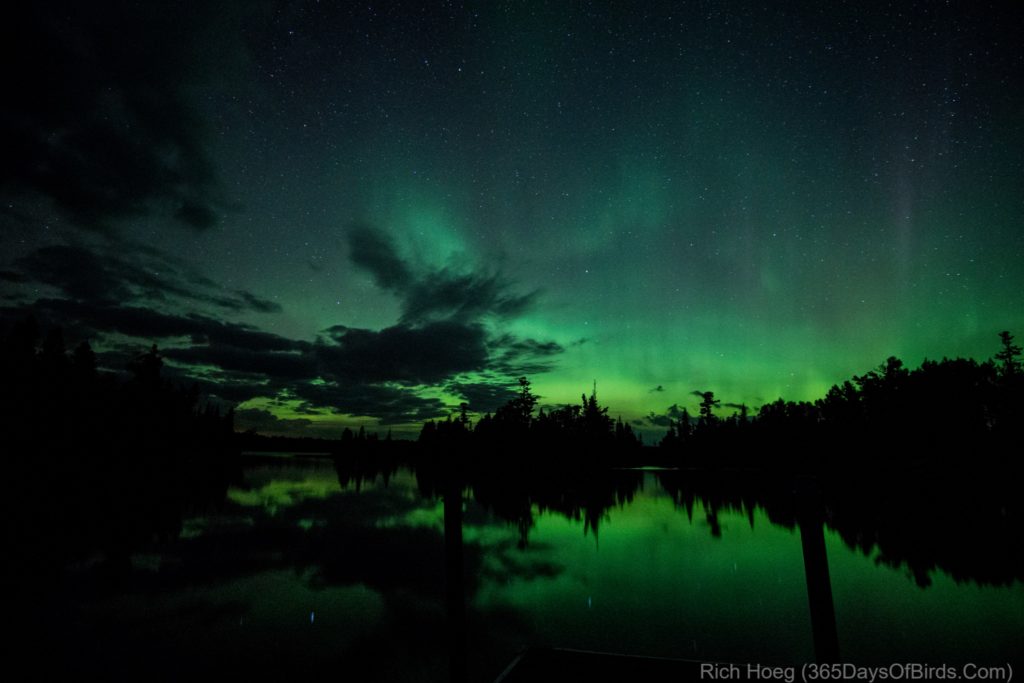The Polar Vortex is over! As I type out this post on Saturday morning it is a balmy 13F above zero (-10.5C)! Given there is no wind and the sun is shining, my ski will be heavenly a bit later this morning.
My own “last hurrah” was photographing the Aurora Borealis two nights ago. When my Northern Lights alarm awakened me at 12:30 am, a quick check of the technical numbers and cloud cover weather radar which revealed clear skies 20 miles to my north, by 12:45 am I was out the door and driving north. 37 miles later I arrived at a remote lake (Stewart Lake) and watched a nice display. The temperature was -17F as Lady Aurora danced across the sky for me including a small substorm. By 3:15 am I was home back in my nice warm bed. Here is a taste of what I watched.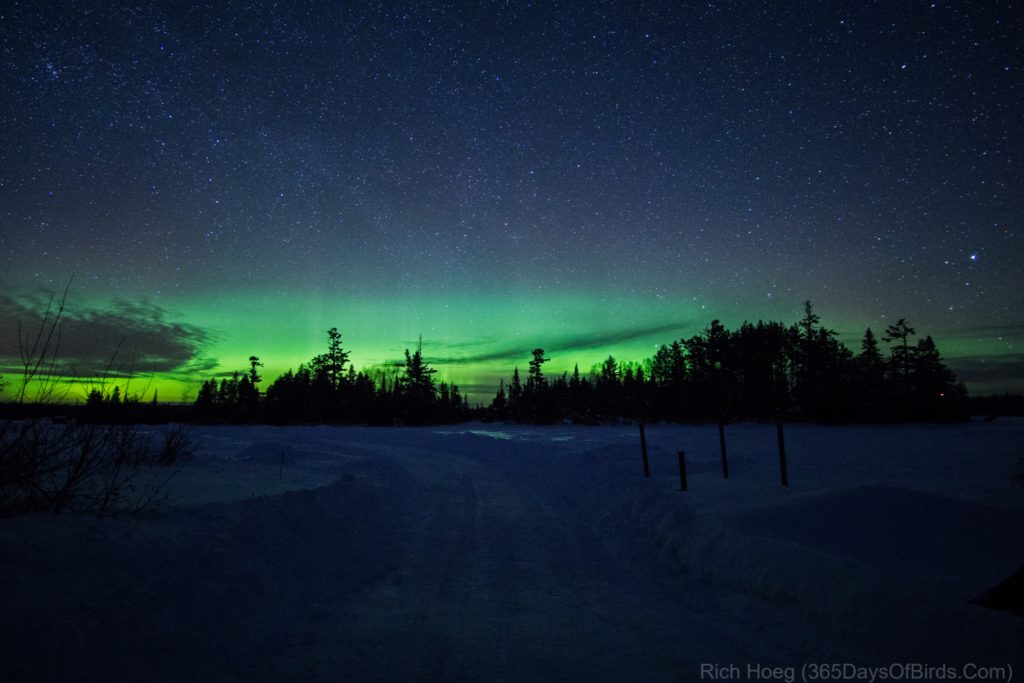
Realizing many of you have never seen an ice road, I also took this photograph as the Aurora was calming down. I used a small flashlight to give about a one second burst of light to illuminate the scene. The structure on the right in the image is the dock at the boatlanding. I took my photos from terra firma only because the extra elevation made for a more interesting picture. I did walk quite a ways out onto the ice road checking out photo angles. 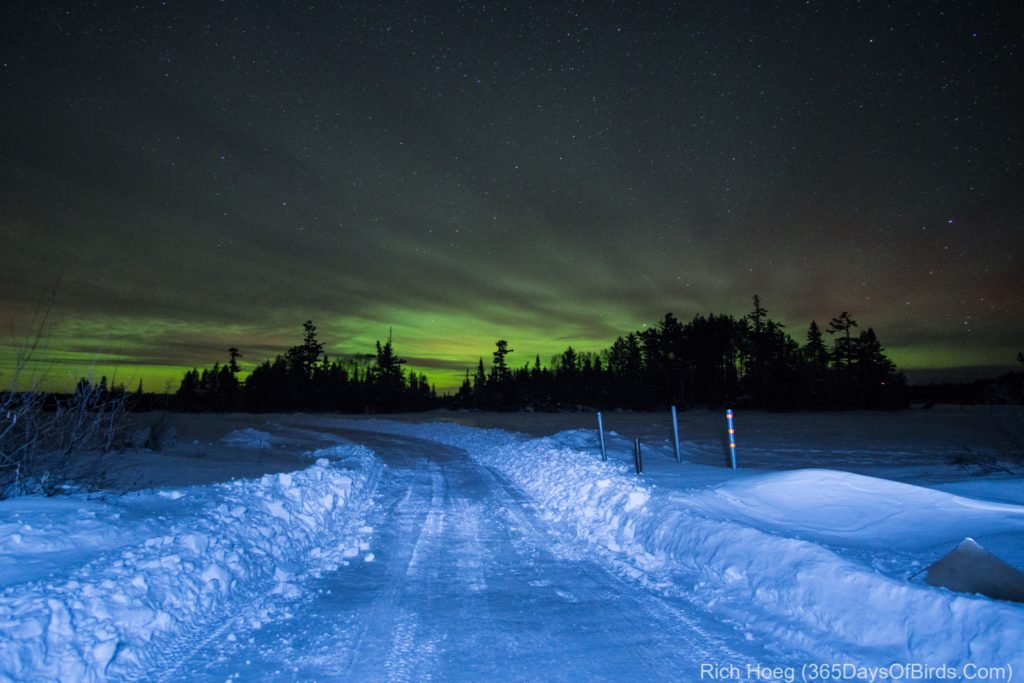
Birding has not been a total bust in this cold weather. Over the past few days I have found lots of Pine Grosbeaks at a nearby old berry farm, and an immature red-tailed hawk which a Snowy Owl actually found for me (long story … thanks Snowy). The cold weather returns next weekend. The ice is forming rapidly on Lake Superior … here’s hoping trips to the Apostle Islands Ice Caves are in my near future (near solid Lake Superior ice).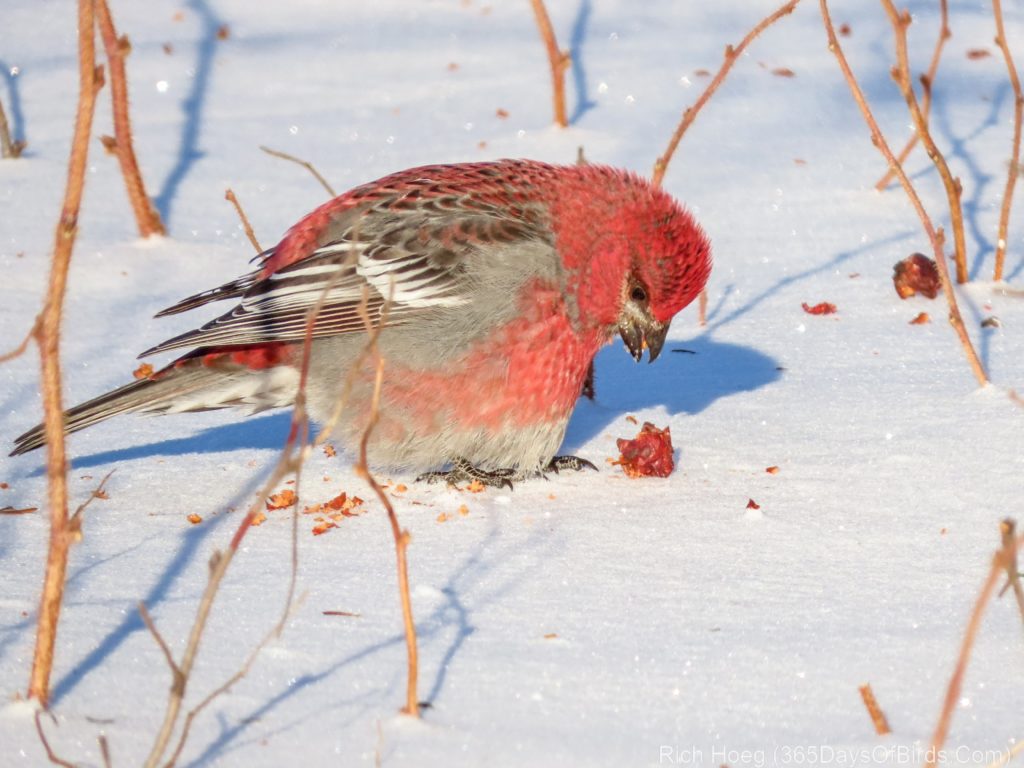
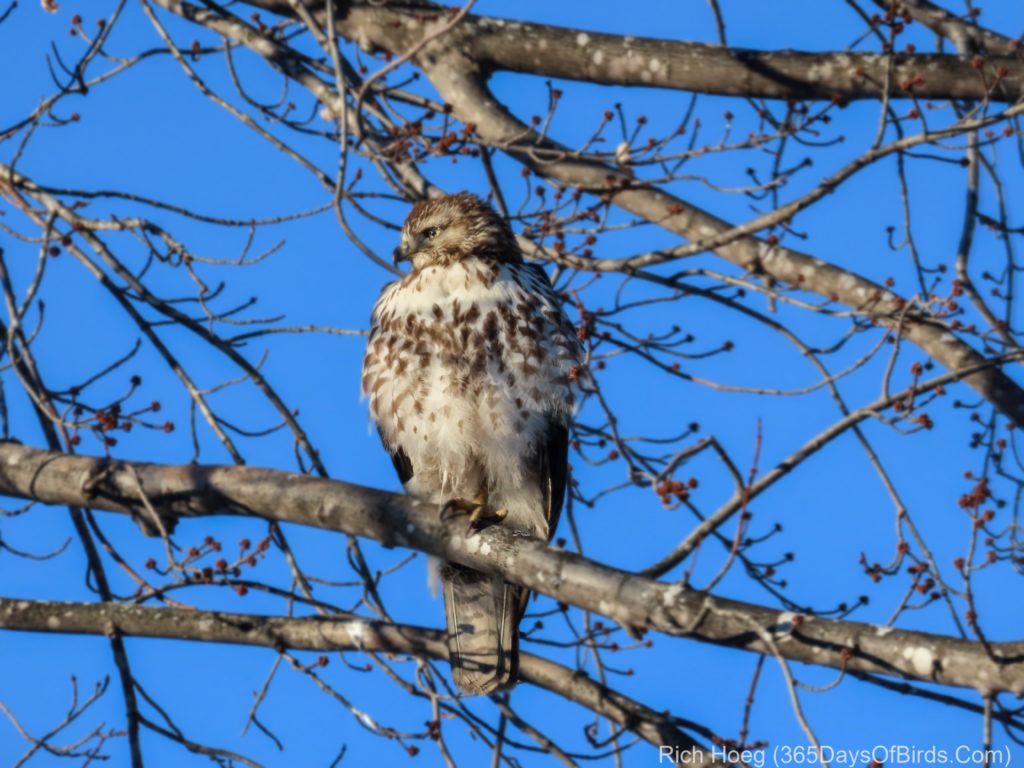
 Follow me, Rich Hoeg, on Instagram.
Follow me, Rich Hoeg, on Instagram.
